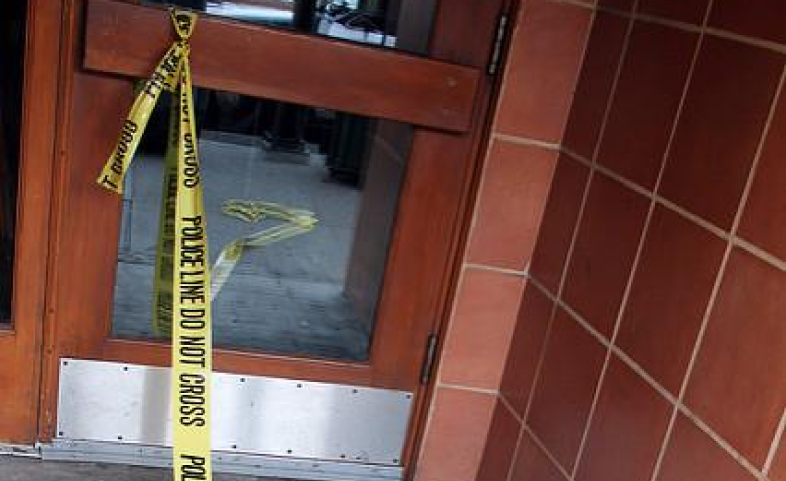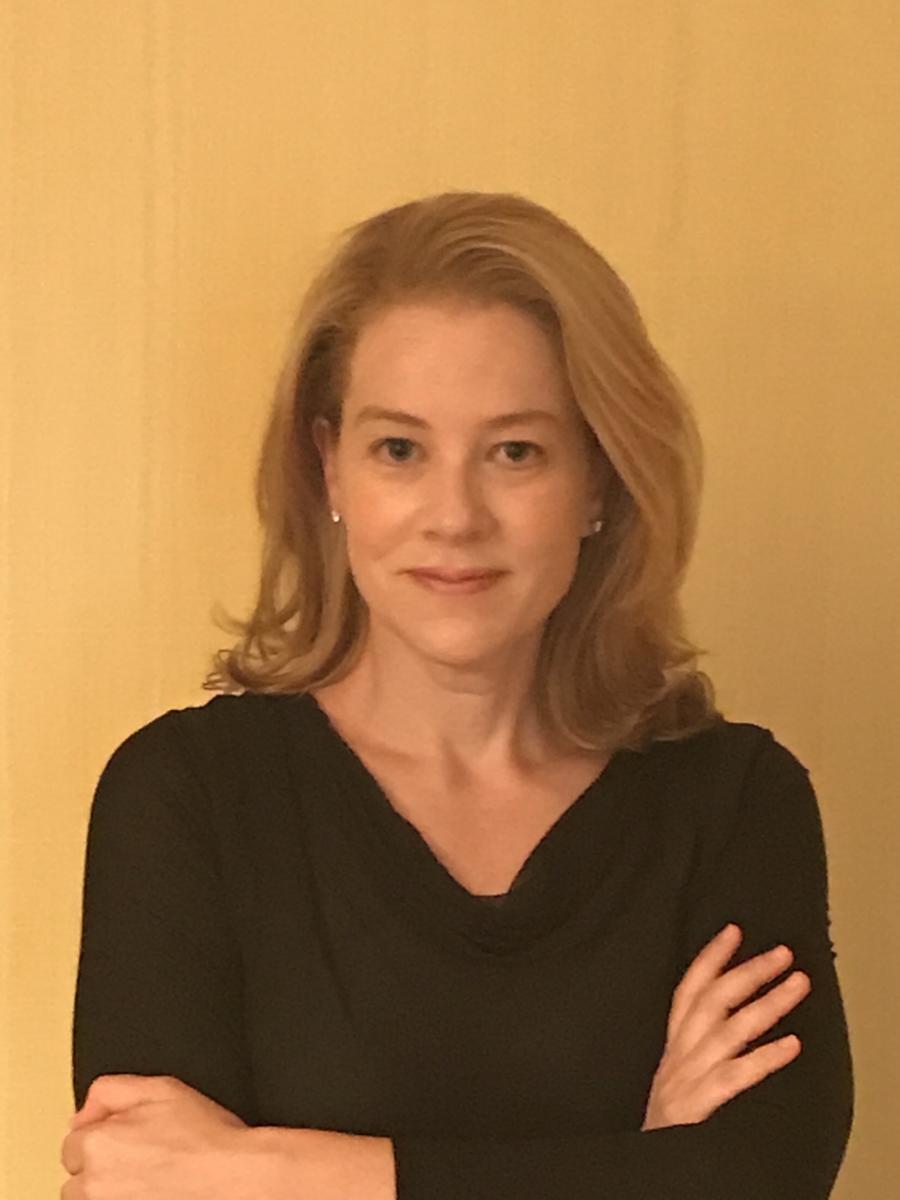Soon after reports first circulated about a student opening fire at a Kentucky high school on Tuesday, Gov. Matt Blevin took to Twitter and urged people to show restraint:
“Shooter is in custody, one confirmed fatality, multiple others wounded. … Much yet unknown. … Please do not speculate or spread hearsay. … Let’s let the first responders do their job and be grateful that they are there to do it for us.”
The Kentucky shooting left at least two students dead and multiple people injured, and came just a day after a Texas teenager was charged with shooting a female student in the leg in the school cafeteria. Together, they were the 10th and the 11th shootings on school properties since Jan 1.
As school shootings become increasingly common, there’s growing concern that a form of compassion fatigue is setting in. “We have absolutely become numb to these kinds of shootings, and I think that will continue,” Katherine W. Schweit, a former senior F.B.I. official and the co-author of a study of 160 active shooting incidents in the United States, told The New York Times on Tuesday.
At the same time, the odds are increasing that journalists will, at some point in their careers, be sent to cover the story. Whether it’s the local newspaper’s education reporter or out-of-town TV crews looking for B-roll for the evening broadcast, professional standards and common sense need to be followed. On that front, here are three things to remember:
The shooter is not the protagonist. Researchers have long contended that mass shootings — including those at schools — have a contagion factor. In multiple school incidents since 1999 — including the 2013 massacre at Sandy Hook Elementary School in Newtown, Conn. — shooters have left digital and paper trails indicating their fascination with Columbine High School. (The so-called “Columbine Effect” was laid out in a lengthy investigation by Mother Jones in 2015.)
Experts recommend avoiding repeated use of the shooter’s name and image (unless its necessary to understand the story) or showing footage that could be seen as glorifying the perpetrator. Families of victims of the Aurora, Colorado, movie theater shooting launched a campaign called No Notoriety, asking the media to avoid naming shooters or broadcasting “their self-serving statements.” In some cases, media outlets have already demonstrated they can compromise. Following the Virginia Tech massacre in 2007, for example, major networks aired a video the shooter had made of himself but then removed the footage from their website archives to curtail its reach.
Stick to the facts. As Kelly McBride, the public editor of The Poynter Institute (a nonprofit journalism organization) wrote in a guide to covering mass shootings, “Be careful to be accurate and contextual. Small details can take on inappropriate levels of importance in the early reporting stages. Those details can be harmful to the truth if they are inaccurate or out of context.”
Indeed, in her recent memoir, Sue Klebold, the mother of one of the Columbine shooters, wrote that early news reports contained many factual errors that still show up in retrospective pieces nearly two decades later. It’s also unlikely to be a single reason or factor for why a school shooting takes place, so it’s important not to oversimplify, including making assumptions about a shooter’s mental state — something that also happened after Columbine, Klebold says.
Following a shooting at a Texas church in November that left more than two dozen parishioners dead, President Trump said that “mental health is your problem here.” The National Institute of Health — along with many others — has pointed out that individuals with severe mental illness are not typically violent, and that most violent crimes are carried out by individuals who are not mentally ill. Bethany Lilly of the Bazelon Center for Mental Health Law told NPR in November that “there is no real connection between an individual with a mental health diagnosis and mass shootings. That connection according to all experts doesn’t exist.”
Don’t add to the trauma. At the start of her education reporting classes at Columbia University’s School of Journalism, Professor LynNell Hancock offers this maxim on interviewing children: First, do no harm. It’s good advice especially after a violent incident like a school shooting, which can leave survivors with significant emotional scars. (One haunting example: John Woodrow Cox’s piece for The Washington Post following elementary school students a year after surviving a playground shooting.)
While responsible journalists know they’re generally expected to get permission from a parent or designated adult before interviewing a child, that might not go far enough in the wake of a school shooting. Keep in mind that the adults as well as the children are likely to be stressed and upset, which could influence their judgment and ability to consent to an interview they might otherwise decline.
There’s plenty of evidence that our recollections can be surprisingly unreliable, even during times of calm, but especially so-called “flashbulb memories … the times when a shocking, emotional event seems to leave a particularly vivid imprint on the mind,” as The New Yorker’s Maria Konnikova wrote in a profile of a cognitive psychologist studying the phenomenon. That’s why it’s essential to corroborate key details rather than building a story around one person’s point of view. School shootings almost inevitably involve children and young adult witnesses, who can be particularly susceptible to suggestion. Questions need to be open ended rather than leading: “How do you feel about what’s happened?” is an appropriate query. “Were you scared when that boy started shooting his gun?” is not.
For additional guidance on interviewing students following a trauma or crisis, see EWA’s Reporter Guide to Interviewing Children. The Dart Center on Journalism and Trauma provides resources for reporters following mass shootings, as does The Poynter Institute’s roundup of best practices.

